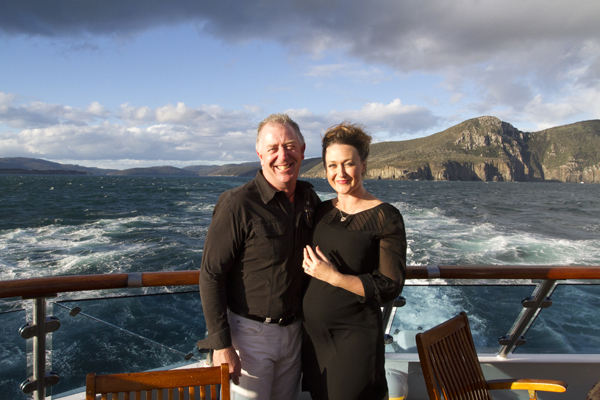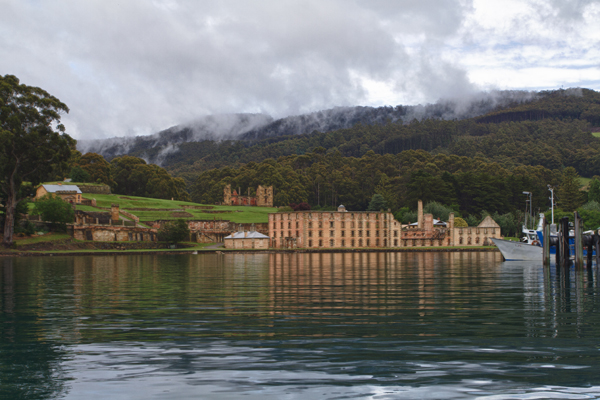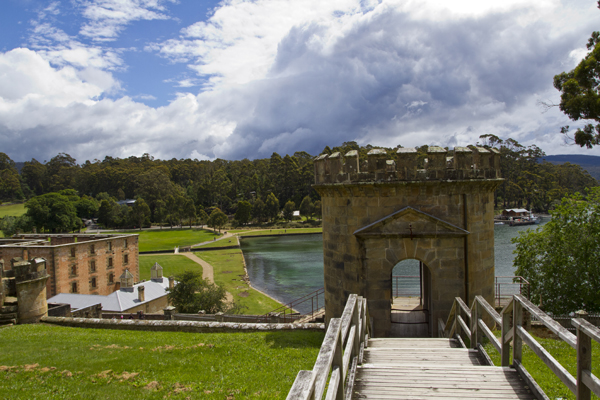Orion’s expedition team leader, Mick Fogg, sat down at lunch with me today. He wanted to apologize for sending me on the Oyster Lovers Tour in Cole Bay when there were no oysters. Not a problem, I told him. There was nothing anyone could do about it. It was just the weather. Besides, I said, I got my oyster.
“So I heard,” said Mick, laughing.
He’s a great guy, Mick. Way over-qualified to be doing a Tasmanian food and wine cruise. Mick has degrees in Marine Biology, Marine Chemistry, Physical Chemistry and Geographic Information. He also ran James Cook University’s field research station at Orpheus Island for five years. So taking guests around Wineglass Bay or to various Tasmanian wineries isn’t exactly the most challenging thing in the world for him. Still, he’s been a good sport about it and I’ve certainly enjoyed his company. I asked Mick what was his favorite Orion expedition cruise (he’s been doing this for five years) and he said going down to the sub-Antartic islands like Macquarie, a World Heritage site and home to 850,000 royal penguins, 150,000 breeding pairs of king penguins as well as rock hopper penguins, gentoo penguins and elephant seals. “You stick out a wide-angle camera in front of the penguins and they just fill up the entire viewfinder,” he said. “It’s the most amazing thing you’ll ever see.”
I think I need to come back to Tasmania some time for that cruise.
Mick’s gorgeous wife, Corina, is also on the ship. She helps out organizing the expeditions and does a hundred other tasks as well. Like everyone on board, she’s happy to help out wherever she is needed. Corina is also very pregnant (due mid-March). After we dock in Hobart, the Orion picks up a new load of passengers and heads off for an 18-day expedition to Antarctica. Mick and Corina won’t be on that voyage. They’re getting off with us in Hobart and flying home to prepare for the birth of their first child. And, penguins or no penguins, they’re both very excited about spending a little time at home and preparing for Corina’s upcoming birth. As well they should be.







Recent Comments